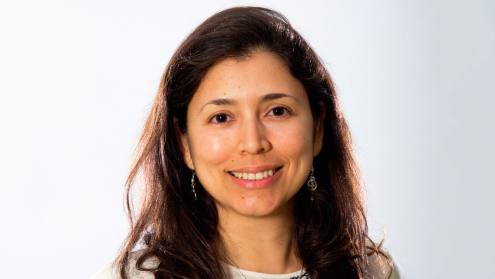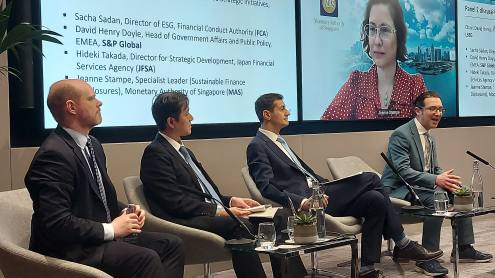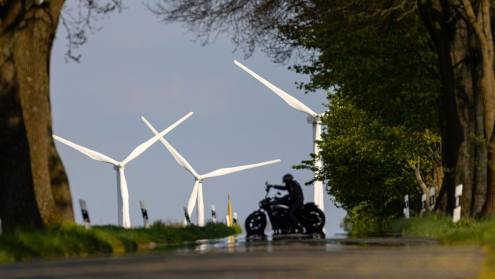Indonesian banks are under increasing regulatory pressure to scrutinise their loan portfolios for exposure to carbon-intensive sectors. Last month, Indonesia’s financial services authority (OJK) announced that all banks need to factor climate risks into their lending decisions by 2026. Previously, only banks that were part of OJK’s climate task force had to participate in climate stress testing.
“For the Indonesian context, I think we’re looking at a significant shift within the next two-to-five years in how financial risks associated with climate change are reported and managed,” says Yuliana Sudjonno, sustainability leader at PwC Indonesia.
Jeffrosenberg Chen Lim, head of equity research at Maybank Securities Indonesia, says there has been a national push for financial institutions to disclose and consider climate risks. “Big banks like Bank Mandiri, Bank Rakyat Indonesia, Bank Central Asia and Bank Negara Indonesia have been expanding their reporting on Scope 3 emissions from their financing,” he says.
In 2023, OJK published guidelines for banks’ climate risk stress testing. The guidelines were part of the initial phase of stress testing requirements for banks that participate in OJK’s task force for climate-related financial risk.
“We definitely see a growing trend of companies implementing sustainability into their operations, including banks in Indonesia,” says Francois de Maricourt, president director at HSBC Indonesia, which is a member of the OJK’s climate task force.
Mr de Maricourt says HSBC is working with clients to help them reduce their emissions and scale up low-carbon solutions, as it works to reduce its own emissions.
Financing a fraction of climate needs
According to OJK’s 2023 report on Indonesia’s financial development, the highest growth in investment loans went to the mining sector. Loans to this sector increased by 43% in 2022. Indonesia is the world’s largest nickel producer and third-largest coal producer.
“As national efforts intensify to reduce carbon emissions, the big banks have started to be more prudent on carbon-intensive sectors, requiring sustainable palm oil certificates for crude palm oil credit and only lending to environmentally responsible miners,” says Mr Lim at Maybank.
According to reports published by the Climate Policy Initiative (CPI), climate-aligned investments in the country have responded well to government policy signals, such as OJK’s sustainable finance roadmap and sustainability reporting obligations.
Indonesia has set various climate targets, including its 2022 Enhanced Nationally Determined Contribution, aimed at reducing emissions by up to 43.2% by 2030. To reach these climate targets, an $285bn in investment is required, with the government’s budget only able to finance 34% of the total investment required.
“Some of the banks are committed to stopping new loans for carbon-intensive sectors such as coal,” says Luthfyana Kartika Larasati, Indonesia manager at CPI. “But there are also cases where they continue to finance these sectors due to business models and mandates from shareholders.”
According to data from CPI, between 2015 and 2021 Indonesia’s financial sector committed $41.7bn to climate change, which only constituted 15% of the country’s climate finance needs.
The collection challenges of carbon-data
Accurate emissions data is crucial to having productive climate stress tests and disclosures, yet information gathering in Indonesia remains challenging.
“It’s not standard practice for all banks in the industry in Indonesia to carry out stress testing yet,” says Melissa Cheok, associate director of ESG research at Sustainable Fitch. “Many institutions lack the necessary data, expertise and resources to assess existing risks within their current portfolios, let alone quantify potential future risks.”
In 2022, OJK published its green taxonomy, which serves as a basis for banks to understand the composition of their loan portfolio. It can also be used to analyse and further decide banks’ climate strategy.











